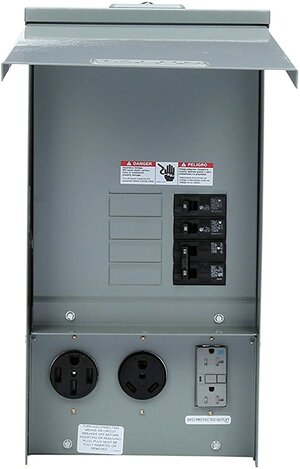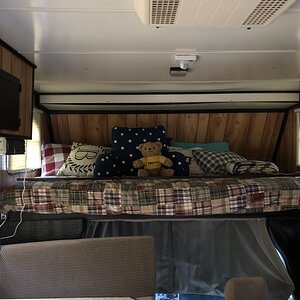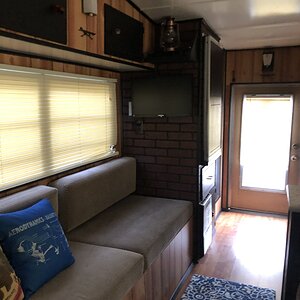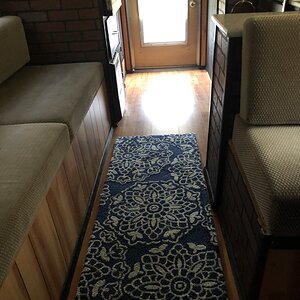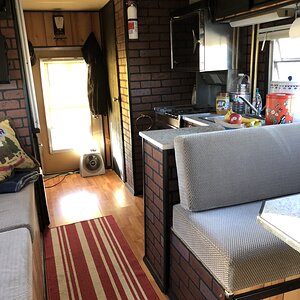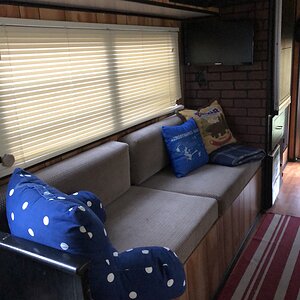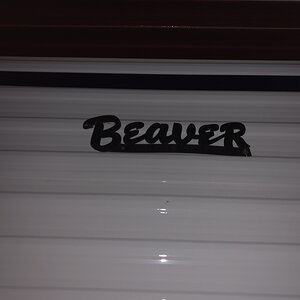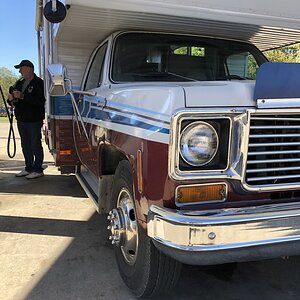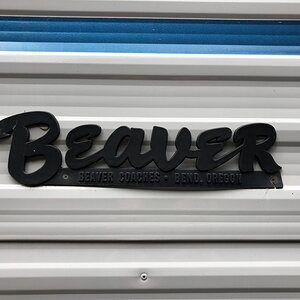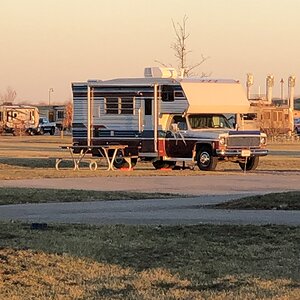2002newmarkountrystar
RVF Regular
- Joined
- Feb 6, 2022
- Messages
- 8
Hello all, first time posting here. I have a 2002 Newmar kountrystar 35’ 5th wheel. I have owned it for almost two years and haven’t had many problems. During that time I have been living in the trailer, and have only been hooked up to 110 power. Recently I moved to a different location and 30 amp service is available to me but I had to change the plug on the extension cord I had and the plug in the wall. It is wired for a dryer plug and I believe it is 240 and my trailer only wants 120.. I thought the onboard power converter would do that work for me but today has been a nightmare. Burnt up a plug in the trailer, the “lights” circuit breaker trips automatically now, and my microwave has quit working. So what am I doing wrong?


